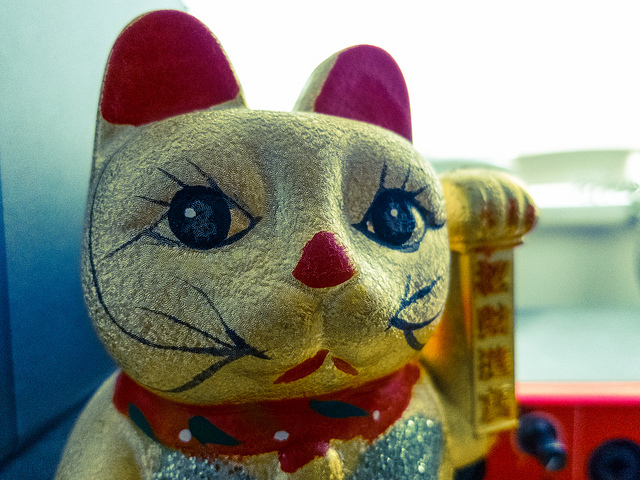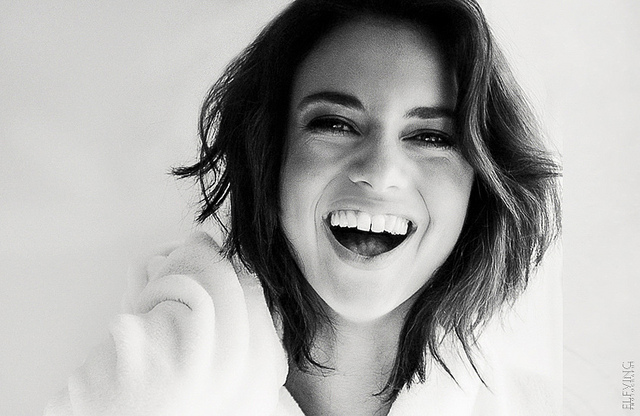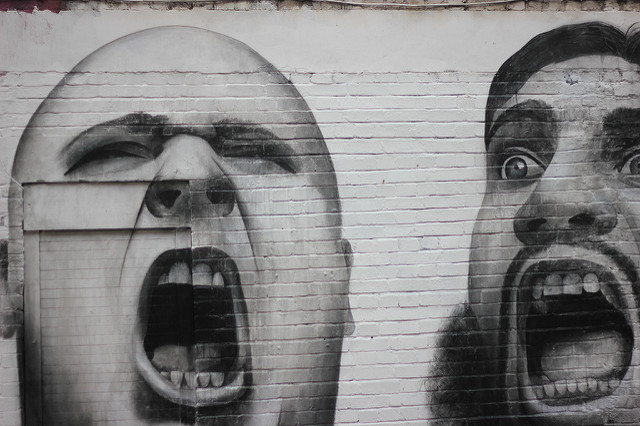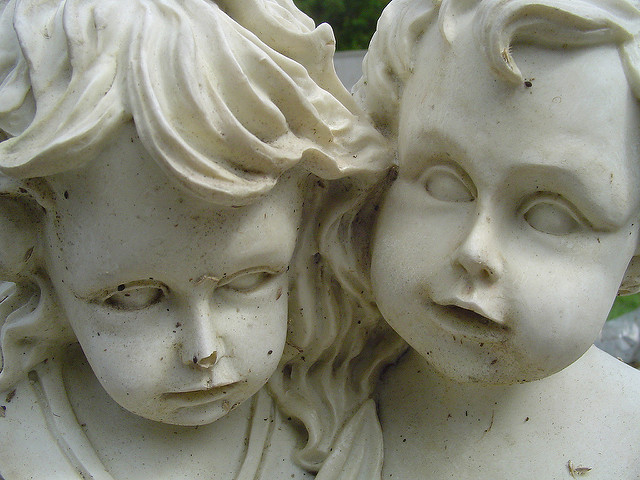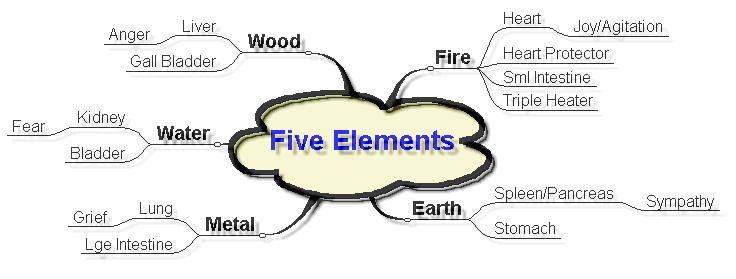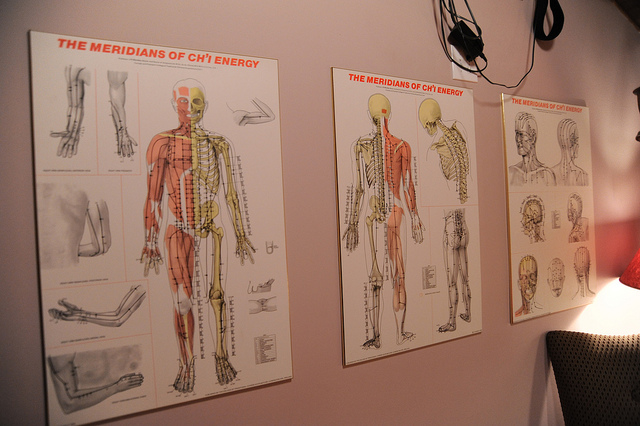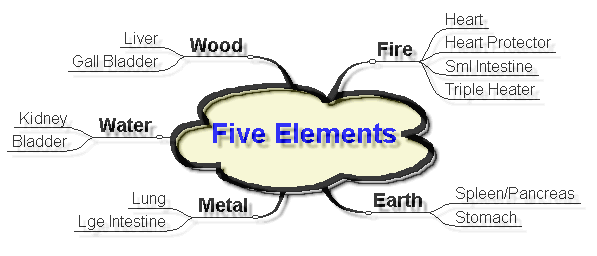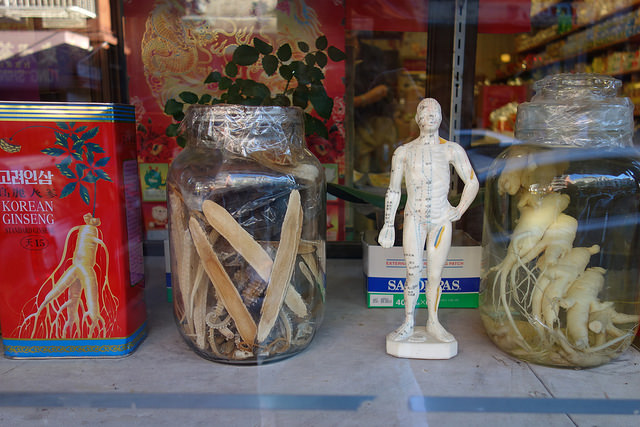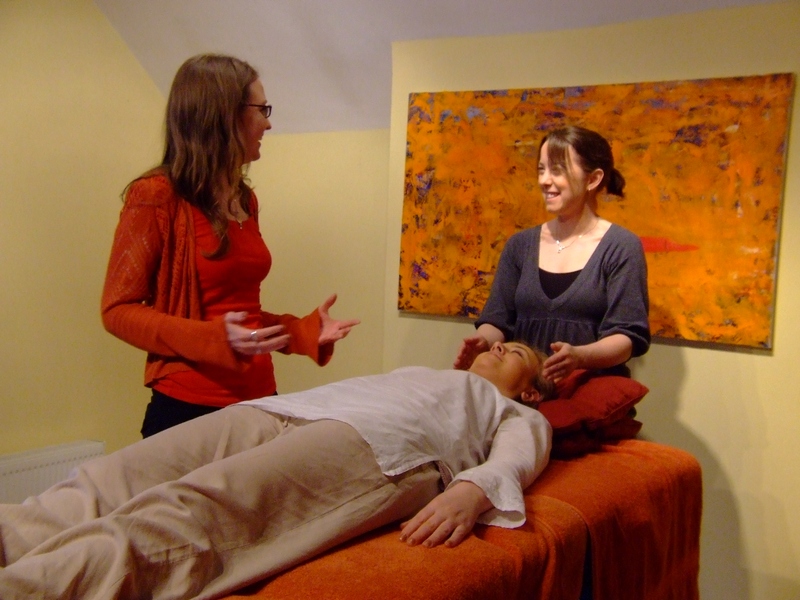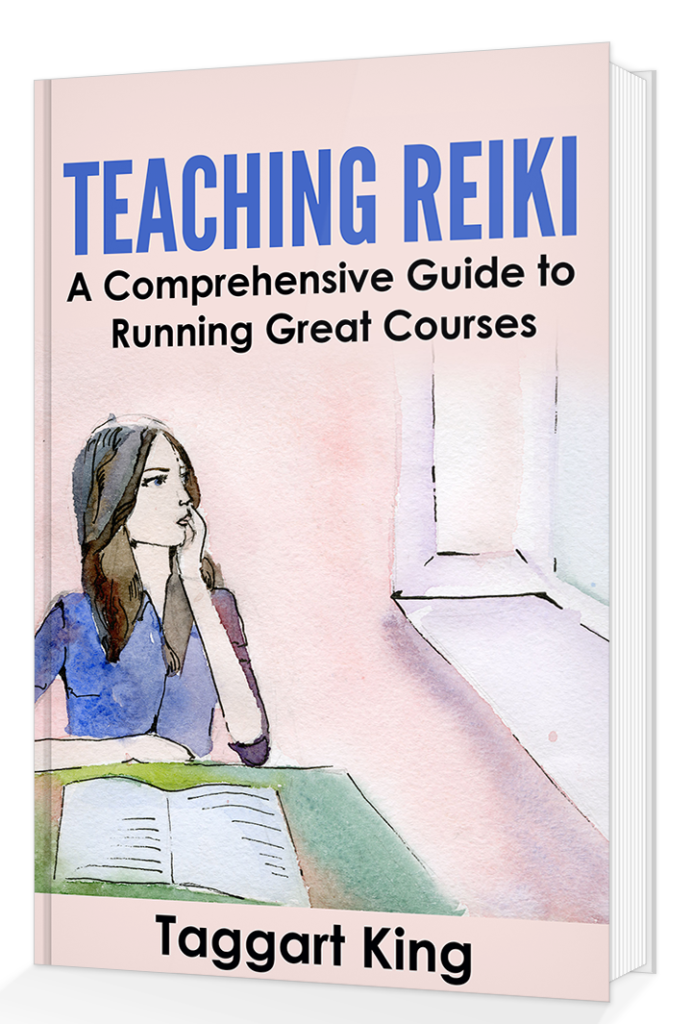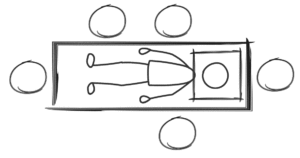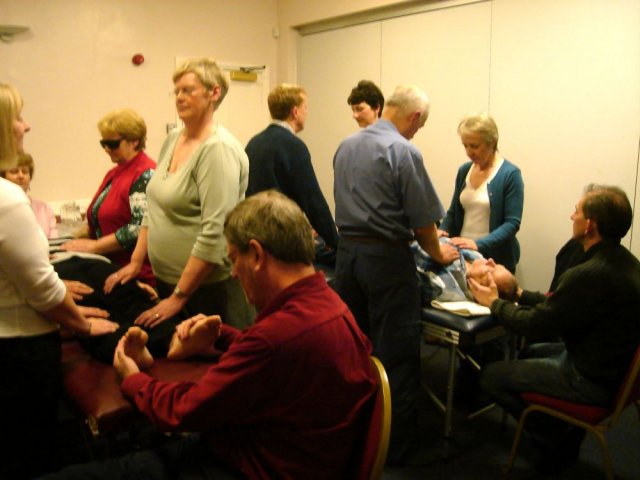
I mentioned in my previous post “An Introduction to Traditional Chinese Medicine” that I have created a Reiki healing system based on working with the “Five Elements” of Traditional Chinese medicine (TCM). In a series of articles I’m going to be talking about different aspects of the Five Elements and how they impinge on people’s lives: how imbalances in the five elements can show themselves as physical conditions and particular emotions and states of mind.
So today I’m going to give you a big overview of the Five Elements and talk about how they support and control each other…
Creative Processes
The phrase ‘five elements’ seem to me to be a bit of a misnomer, because it suggests to me something fixed and solid. But the elements are creative processes, they are forces, they are phases, functions and movements; they are dynamic, interact with each other in an endless dance, and manifest or condense in different aspects of our body-mind-spirit. The Five Elements are different characteristics of nature imprinted on all levels of our body-mind-spirit. In fact, the philosophical origins of Chinese medicine have grown out of the tenets of Taoism, which bases much of its thinking on the observation of the natural world.
Each ‘element’ is a badge that represents a range of related functions and qualities. For example, Wood represents active functions that are in a growing phase, Fire represents functions that have reached a maximal state of activity. Metal represents functions that are in a state of decline, whereas Water represents functions that have reached a maximal state of rest and are about to change their direction of activity. Earth represents balance and neutrality, and can be seen as a ‘buffer’ between the other phases.
The Seasons
So if we translate these principles into the seasons of the year, then Wood represents the growth of spring, Fire represents the high activity of summer, Metal represents the decline of autumn and Water represents the quiet waiting period of winter. Earth is seen as representing the transition between each season, or can be seen as ‘Indian Summer’, the pause that nature takes between the activity of summer (Fire) and the decline of autumn (Metal).
Over time, a wider and wider range of correspondences has developed: everything from colours, sounds, odours and taste sensations, to emotions, animals, grains, plants, planets and even dynasties. The connections between the elements and the anatomical organs, with the emotions and mental/spiritual states, are the areas that we are most concerned with in the Five Element Reiki system. Some of the connections have come through the application of, for example, the idea of wooden-ness (the dynamic phase) to the physical body, and some have come through observation. So the emotion anger is associated with Wood, not because anger is inherently ‘wooden’ in nature, but because careful observation of people has shown that disturbances in anger are associated with the Liver, an ‘organ’ of Wood.
Ultimately, everything in the universe is Wood, Fire, Earth, Metal or Water.
A Long History
The Five Phases theory was first set down in a coherent way by Zou Yen (350 BCE – 270 BCE approx.), whereas Yin-Yang theory stretches back into China’s distant, distant past. The Five Virtues or Five Powers were used at that time to arrive at the proper colours, musical notes and instruments, or sacrifices, that were appropriate to different dynasties or emperors, and only later became an important part of Chinese medical thought.
The Yin-Yang and Five Phase theories were uncomfortable bedfellows for a long time, and it was only in the Han Dynasty – which was a time of great eclecticism and synthesis – that the two systems started to come together in Chinese medicine.
The Five Elements are a working proposition to explain the interconnectedness of all aspects of our body-mind-spirit, rather than rigid dogma that should be applied in all circumstances.
Interconnectedness
The five elements do not stand alone. They are linked together in an endless cycle, a fascinating and complicated interplay. What happens to one element can have knock-on effects on the others. In the diagram below you can see the elements arranged around the edges of a circle, and explanations that describe two ways in which the elements interact.
The Nourishment Cycle
Moving clockwise round the circle, the elements give support and nourishment to each other, rather like a parent giving support and nourishment to an offspring.
So Fire supports Earth, Earth supports Metal, Metal supports Water, Water supports Wood, and Wood supports Fire. In terms of the natural world, you can imagine that wood burns to produce fire, fire when it has burnt produces ashes which are earth, deep down in earth metals can be found, water condenses on metal surfaces, and water nourishes the growth of wood. These connections are rooted in the observation of the natural world.
When wood is weak or depleted, fire may become depleted also. The emotion of wood is anger, and the emotion of fire is joy, so someone who has wood depletion, and cannot express anger – or suppresses anger – may not be able to fully express joy either. In the Chinese view of things, the full expression of joy would be accompanied by the full expression of anger.
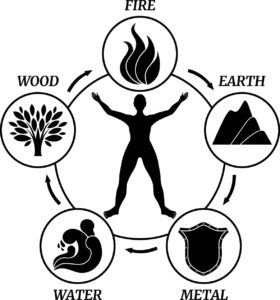
The Control Cycle
There is another way that the elements are connected to each other. Each element controls another element, rather like a grandparent giving guidance and advice to a grandchild. In more traditional societies, the parents would be engaged in working to support the family, while the grandparents’ role was to guide and bring up the children of the extended household.
You can see from the diagram that Fire controls Metal (fire can melt metal), Earth controls Water (earth can dam a river), Metal controls Wood (an axe can fell a tree), Water controls Fire (water can extinguish a fire) and Wood controls Earth (wood can be used to fence off and control an area of land). These connections are again rooted in the observation of the natural world.
So if Water is too strong, Fire may become depleted. On the other hand, if Water is too weak, Fire may burn uncontrolled.
How the Elements Interconnect (diagram)
The Nourishment Cycle
(Moving clockwise round the circle)
The Control Cycle
(Follow the arrows: one element controls the other)
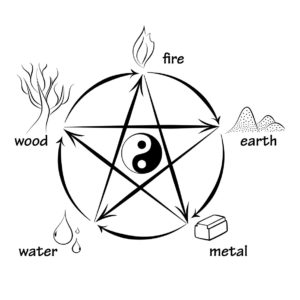
The Complexity of TCM
These descriptions give a hint of the complexity of TCM. If one has a lung problem, most likely there may be a problem with Metal, and that is the root cause. However, the root cause may be elsewhere: Metal may be affected because of an imbalance in its supporting element (Earth) or because of an imbalance in its controlling element (Fire). TCM searches for the root cause, and so there would be many different sorts of treatments for what would seem to be the same medical condition.
In fact, what is described above is not the end of the story, because there are two other ways in which the elements can interconnect. If an element is severely depleted, and needs more energy than is contained within it, then it may start to drain energy from the element that supports it. So a long-term medical problem related to Earth may start to drain, and have a knock-on effect on, Fire, the element that supports it. There is also a relationship described as a rebellious grandchild, where too much Chi in one element can start to deplete the element that is trying to control it.
The Simplicity of Five Element Reiki
The above demonstrates that there is a great deal of depth in TCM; this is an understatement!
Fortunately, success with Five Element Reiki does not depend on such detail. It does not depend on tricky diagnostic procedures such as the taking of the six pulses, for example, which is done by acupuncturists to find exactly which meridian is out of balance, and to determine the precise root cause of a condition.
With Five Element Reiki we are bringing all the elements into balance by using their characteristic energies, and we are flushing through affected elements and their associated ‘organs’ to produce balance on all levels, spending more time on the elements that are most out of balance.
For us, the precise root cause does not need to be determined: we will be balancing it, and it’s knock-on effects, at the same time.
Did you like this blog?
If so, you are going to love this book…
Five Element Reiki
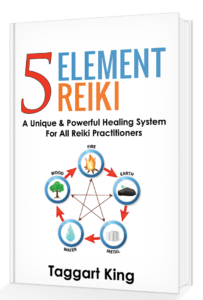
“Excellent and informative book. Great guidance and exercises to follow with ease.
As a 5 Element Acupuncturist and Reiki Master Teacher, I can only say I would have loved this to have been a course support book on my TCM Degree.
It has been a wonderful refresher and one to keep close with those few special books that need picking up all the time. Once started I found I needed to keep reading, it was like a breath of fresh air, the author has gathered and passed on some gems on 5 Elements and Reiki. It has been a pleasure to read and review this book.”
Ann Charlton
Five Element Reiki
A Unique & Powerful Healing System for All Reiki Practitioners
Five Element Reiki is a unique way of working with Reiki. It’s acupuncture without needles, or acupressure without pressing on anything, and without having to learn about or focus on the body’s meridians or their acupoints.
This system, created by Taggart King, is a way of working with the energies of the five elements of Traditional Chinese Medicine so that the meridians and organs ‘resonate’ with the energy you channel, removing blockages and bringing a state of balance on all levels.
You’ll use special symbols and creative visualisation, focus your intent and hone your intuition through a whole series of practical exercises found in this comprehensive guide. You’ll learn the essence of five element theory and understand how imbalances show themselves in your body, emotions and states of mind.
This book will be of interest to anyone who is interested in exploring and experimenting with the energy and who wants to learn a unique and powerful system for self-transformation.
This professionally-printed Reiki book has 292 A5 pages, a glossy soft cover and we will send it to anywhere in the world!
Read the contents list before you order, if you like, by clicking on this link: Table of contents
Book: 292 pages.
Price: £13.99 + p&p
Or Download a PDF version now for only £10.99

Photo credit: Alexander Savin




